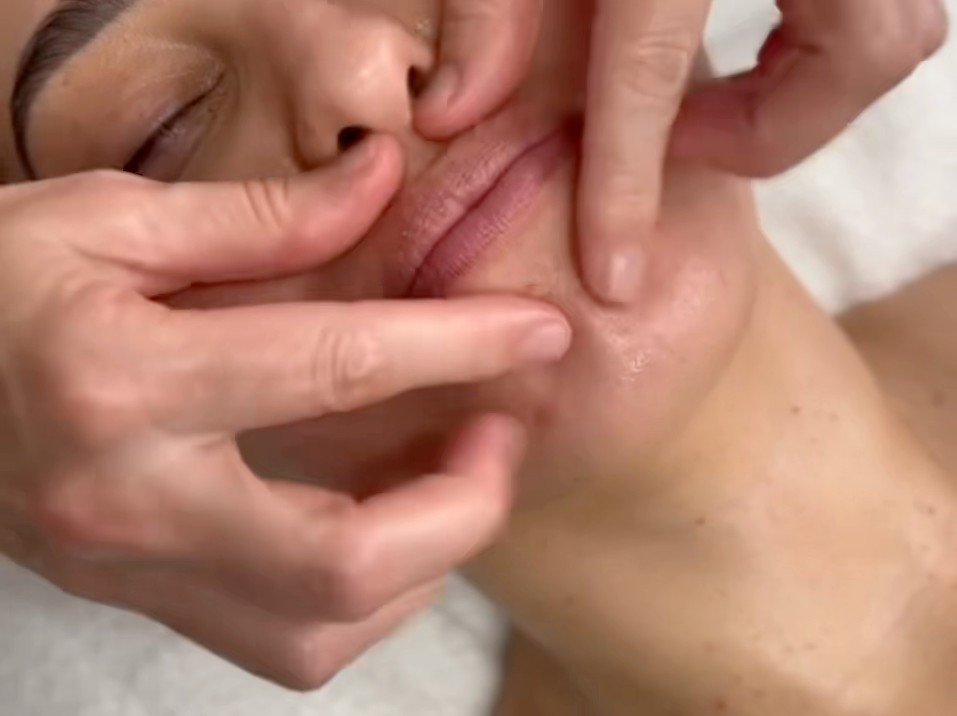Aging is a natural process, although most of us wish our skin could take its time getting there. Many patients don’t know which treatment to take first because fine wrinkles, reduced bounce, and uneven tone typically show up at the same time. Anti-aging facials and dermal fillers are two common choices. Both promise skin that looks smoother and fresher, but they function in quite different ways and are good for different people. This blog goes over the science behind each method, talks about the main pros and cons, and gives you clear advice so you can make a choice that feels right for you. Let’s look at your choices one by one.
How Time Changes Skin Structure And Firmness
The skin is like a sandwich with three layers. The top layer, called the epidermis, protects against force from the outside. The middle layer, called the dermis, gives strength with collagen fibers. The deep layer, called the subcutaneous fat, keeps everything soft. After the late twenties, the body makes around one percent less collagen and elastin each year. When you spend time in the sun, the speed of those drops goes up, which makes the fibers fray and lose their spring. Fibroblasts, the cells that create new collagen, slow down at the cellular level. Hyaluronic acid, a substance that holds water and keeps skin full, also goes down. Those changes together make fine wrinkles, a dull tone, and a small hollow under the cheeks or around the lips. When capillaries shrink, blood flow might slow down, which means that fewer nutrients get to surface cells. Knowing how these changes happen might help you appreciate why certain treatments focus on renewing the surface while others add volume from below.
Anti-Aging Facials: Simple Science Behind The Glow
Anti-aging facials aim to wake up tired skin through controlled stimulation rather than adding material below the surface. A well-planned facial often follows four science-backed steps:
- Gentle chemical exfoliation — Low concentrations of alpha hydroxy acids loosen worn-out cells and signal skin to speed turnover.
- Microcurrent or LED therapy — Mild electric pulses or specific light wavelengths encourage ATP (the cell’s energy unit) and boost fibroblast action for more collagen.
- Peptide-rich serums — Short chains of amino acids act like messages, telling cells to tighten or repair.
- Barrier-protective hydration — A final layer of ceramides and squalane locks in moisture to keep the new surface calm.
Because the approach is non-invasive, recovery is quick, often just mild pinkness for a few hours. Yet results build slowly. Studies show a series of four to six sessions spaced two weeks apart can raise dermal collagen by up to 15 % and improve skin thickness, making fine lines softer. The glow many clients notice is less about instant filling and more about smoother light reflection after dead cells are removed.
Dermal Fillers: What Happens Beneath The Surface
Most fillers are pre-made gels that use cross-linked hyaluronic acid. The cross-linking stops the gel from oozing out too quickly, so it can keep its shape for months. A doctor puts the gel into specific places, such as the nasolabial folds, marionette lines, lips, or cheeks. The gel pushes tissue up, filling in lost fat pads and giving you a subtle lift. Hyaluronic acid attracts water magnetically, which makes it even bigger.
Studies have shown that current fillers can last anywhere from six to eighteen months, depending on how big the particles are and how dense the cross-links are. Another benefit is that the needle entrance sites cause a little wound-healing reaction, which might encourage fibroblasts to make some new collagen around the gel. That boost is small, yet it can make the smoothness last longer than the filler itself. That said, fillers need to be applied by competent hands and in a clean way to avoid bruises or uncommon vascular problems because they go deeper.
Comparing Treatment Goals, Duration, And Budget Needs
Results from facials and fillers serve different priorities. Facials aim for skin refinement: smoother texture, brighter tone, and a modest lift over time. A typical series may cost less upfront, yet it needs upkeep every four to six weeks to maintain gains. Fillers offer immediate shape correction; one session can restore cheek contour lost over the years. The price per syringe is higher, but visits are less frequent.
A simple way to decide:
- Facials may suit you if:
- You’re starting to see early fine lines.
- You prefer gradual progress without needles.
- You enjoy regular self-care visits that also pamper stress away.
- Fillers may suit you if:
- Folds or hollows bother you daily.
- You need fast improvement for a life event.
- You can manage a larger single-visit cost and short downtime.
Some clients mix both: fillers for volume and facials for surface upkeep. That mix can extend the fresh look of each treatment.
Safety Factors And Possible Short-Term Side Effects
Any cosmetic procedure carries some risk, yet both options are considered safe when performed by trained professionals. Key points to keep in mind:
- Facials
- Redness or tingling may appear for a few hours.
- Rarely, stronger peels can trigger temporary flaking.
- People with active eczema or rosacea should choose gentler enzymes instead of acids.
- Fillers
- Swelling, lumps, or light bruising can last up to one week.
- Allergic reactions to hyaluronic acid are very rare since it occurs naturally in the body.
- The most serious risk is vessel blockage, which can be minimized by using a blunt-tip cannula, slow pressure, and continuous skin movement tests. A quick-acting enzyme (hyaluronidase) can dissolve the gel if needed.
Always ask about product brand, expiration date, and emergency protocols before agreeing to treatment.
Choosing Based On Age, Lifestyle, And Comfort
Your personal roadmap matters as much as science. Younger adults who work outdoors may benefit from antioxidant-rich facials that fight daily sun stress. Office workers staring at screens might want a lymphatic massage within a facial to ease puffiness. Parents with busy calendars could lean toward fillers because fewer visits fit hectic months. Pain tolerance plays a role, too. Most facials feel soothing, while fillers involve a short pinch, even with numbing cream. Think about social plans: facials leave you camera-ready the same day; fillers may need a “quiet weekend” just in case of swelling. Also, consider future skincare habits: facials should encourage routine sunscreen and gentle cleansing, habits that slow aging every decade.
Wrapping Up Your Anti-Aging Skin Care Decision
Facials that fight aging and dermal fillers can both make you seem younger, but they do it in different ways. Facials refresh the skin and boost collagen production, while fillers provide volume to areas that have lost it to change the contour quickly. Your timetable, comfort level, and budget will determine the “right” path. Talk to a licensed provider who will listen to you and explain each procedure in simple terms. Bonnie Cruz Esthetics will help you get bright skin with gentle, skilled facials that will give you results you can trust.





